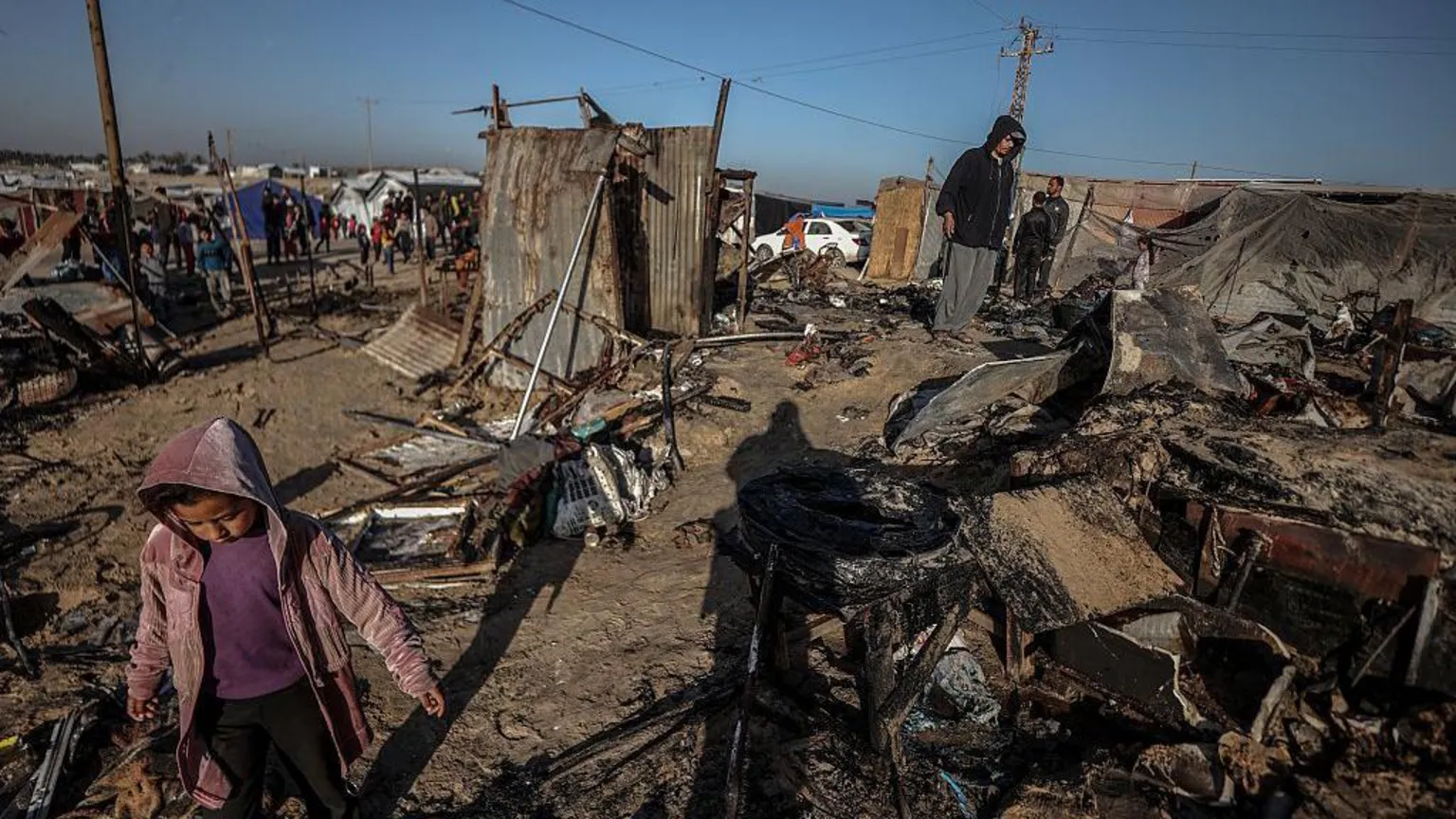 You could give Donald Trump that Nobel peace prize right now. For a few days, he succeeded in uniting Palestinians and Israelis, though not quite in the way favoured by the judging panel in Norway. Instead, he had both sides holding their breath, hoping he was not about to destroy the closest thing to hope they have known in 16 months.
You could give Donald Trump that Nobel peace prize right now. For a few days, he succeeded in uniting Palestinians and Israelis, though not quite in the way favoured by the judging panel in Norway. Instead, he had both sides holding their breath, hoping he was not about to destroy the closest thing to hope they have known in 16 months.
I am referring to the deal done nearly four weeks ago which has allowed for a ceasefire in Gaza, along with the phased release of hostages held by Hamas and prisoners held by Israel. It was always perilously fragile, but this week it looked to be on the brink of collapse. First cahttps://www.theguardian.com/commentisfree/2025/feb/14/israel-benjamin-netanyahu-7-octoberme a Hamas threat to postpone the next release of three hostages, due tomorrow, in response to alleged Israeli violations of the ceasefire. Then Trump weighed in, saying that he no longer liked the deal brokered by the Biden administration anyway, that he’d had enough of hostages freed “in dribs and drabs” and wanted all of them out in one go, by noon Saturday. Otherwise, he said, “all hell is going to break out”.
That sent a tremor through Palestinians currently returning to the flattened ruins of their homes, who feel hell broke loose for them long ago. But it had a similar effect on many Israelis, especially the families of those still held captive in Hamas’s dungeons, who desperately want the current arrangement to hold at least until they get their loved ones back.
Journalists cannot enter Gaza, but I was in Israel this week and saw for myself at least the latter half of the equation. When I reported from there a few weeks after the 7 October attacks, I was struck by how time seemed suspended, how frozen the country was in the terror of that day, when at least 1,200 Israelis, mostly civilians, were killed and more than 250 taken hostage. That remains true today. For Israelis, it’s still 7 October.





 Israeli Prime Minister Benjamin Netanyahu announced again Saturday that Israel has “no choice” but to continue...
Israeli Prime Minister Benjamin Netanyahu announced again Saturday that Israel has “no choice” but to continue... At least 37 people have been killed in a series of Israeli strikes in Gaza, most...
At least 37 people have been killed in a series of Israeli strikes in Gaza, most...






























